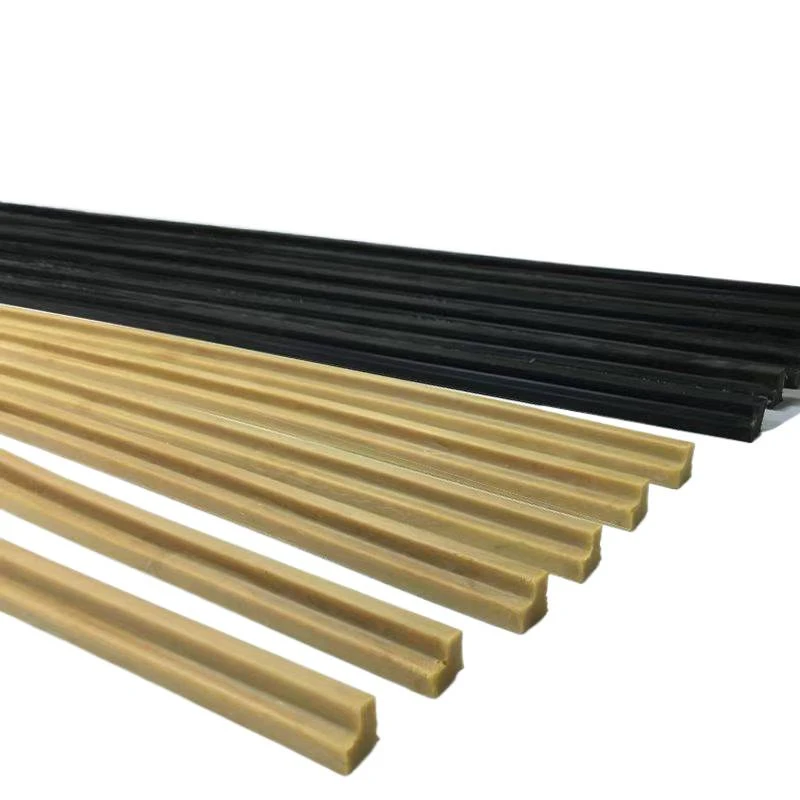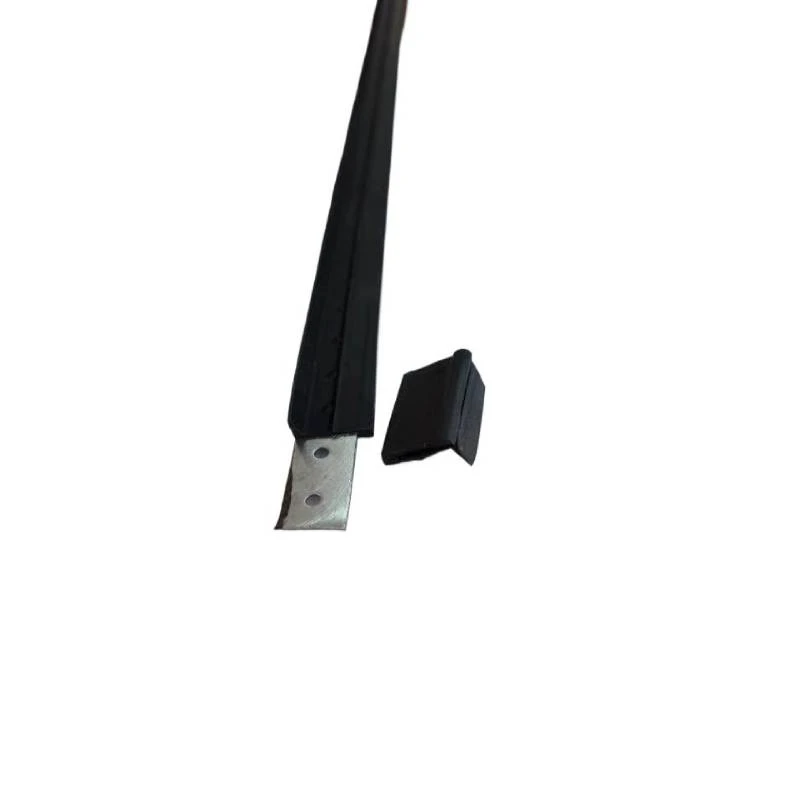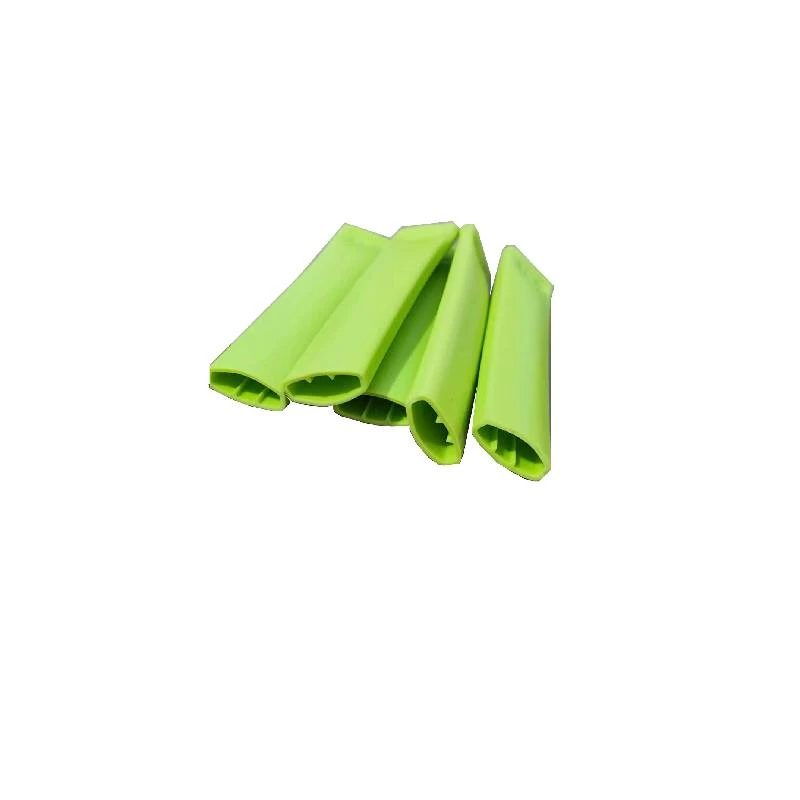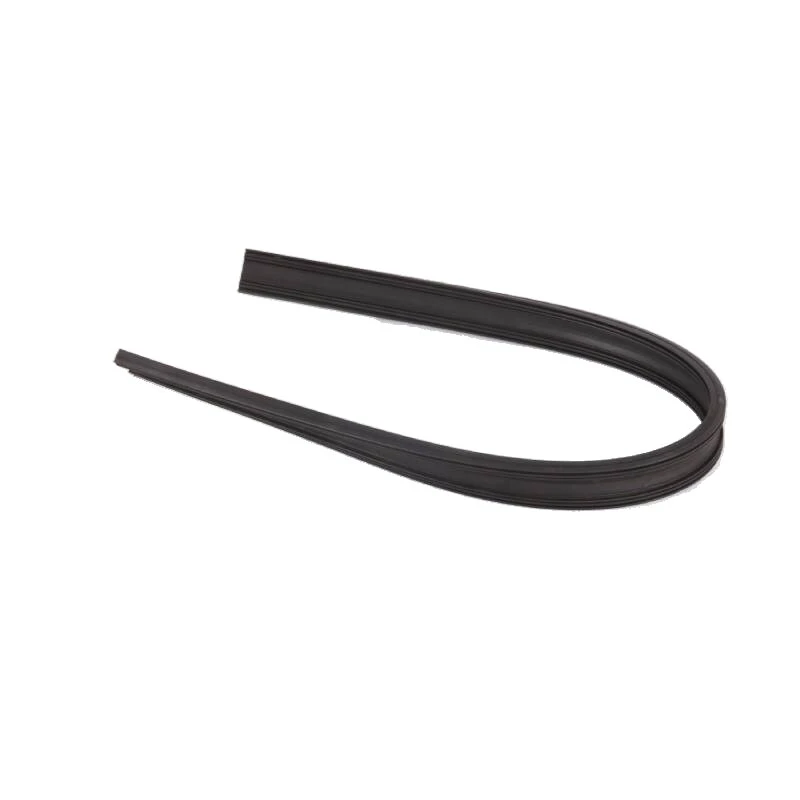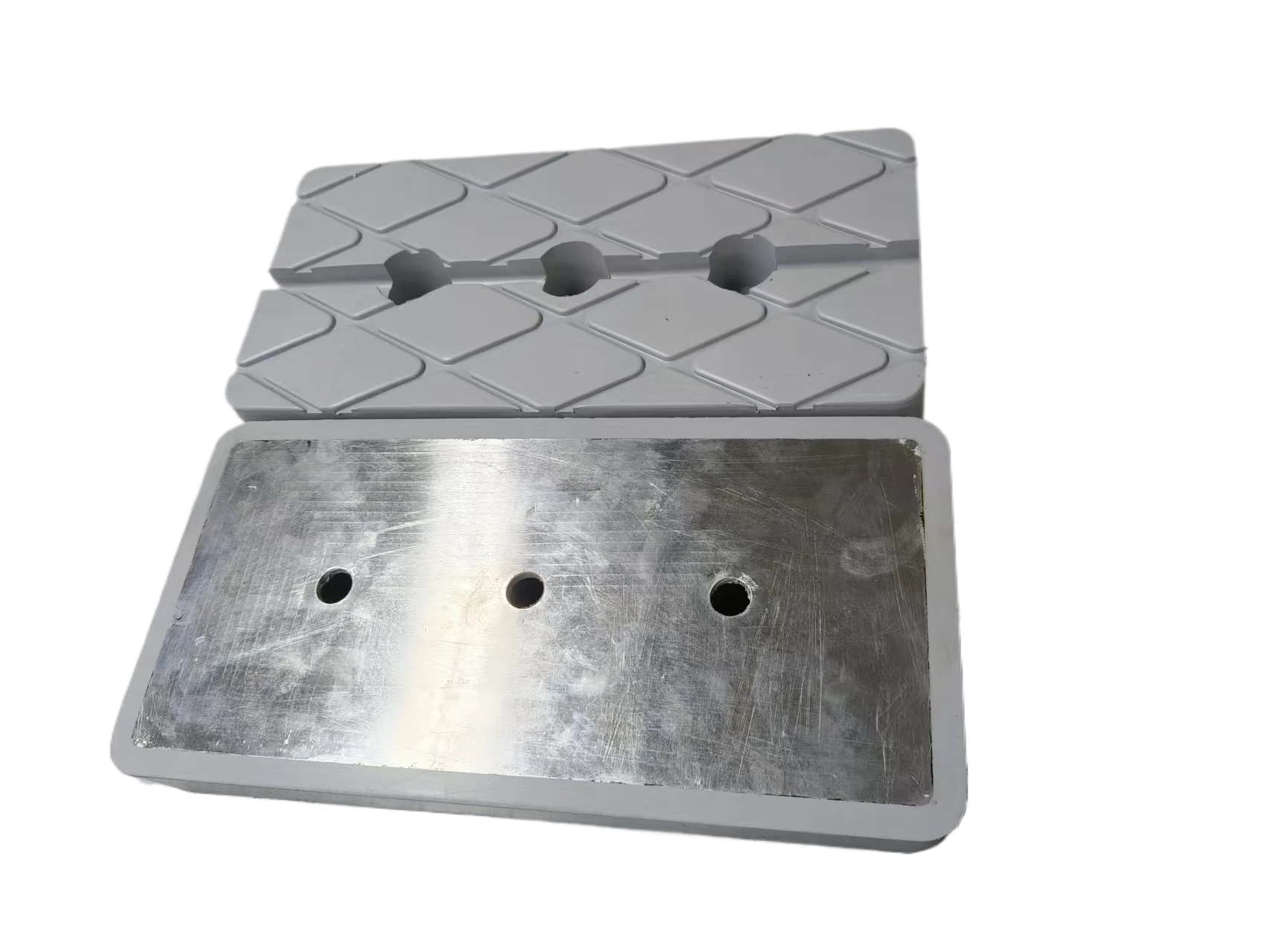
- Afrikaans
- Albanian
- Amharic
- Arabic
- Armenian
- Azerbaijani
- Basque
- Belarusian
- Bengali
- Bosnian
- Bulgarian
- Catalan
- Cebuano
- chinese_simplified
- chinese_traditional
- Corsican
- Croatian
- Czech
- Danish
- Dutch
- English
- Esperanto
- Estonian
- Finnish
- French
- Frisian
- Galician
- Georgian
- German
- Greek
- Gujarati
- haitian_creole
- hausa
- hawaiian
- Hebrew
- Hindi
- Miao
- Hungarian
- Icelandic
- igbo
- Indonesian
- irish
- Italian
- Japanese
- Javanese
- Kannada
- kazakh
- Khmer
- Rwandese
- Korean
- Kurdish
- Kyrgyz
- Lao
- Latin
- Latvian
- Lithuanian
- Luxembourgish
- Macedonian
- Malgashi
- Malay
- Malayalam
- Maltese
- Maori
- Marathi
- Mongolian
- Myanmar
- Nepali
- Norwegian
- Norwegian
- Occitan
- Pashto
- Persian
- Polish
- Portuguese
- Punjabi
- Romanian
- Russian
- Samoan
- scottish-gaelic
- Serbian
- Sesotho
- Shona
- Sindhi
- Sinhala
- Slovak
- Slovenian
- Somali
- Spanish
- Sundanese
- Swahili
- Swedish
- Tagalog
- Tajik
- Tamil
- Tatar
- Telugu
- Thai
- Turkish
- Turkmen
- Ukrainian
- Urdu
- Uighur
- Uzbek
- Vietnamese
- Welsh
- Bantu
- Yiddish
- Yoruba
- Zulu
Durable Plastic Castors: A Practical Guide for Industry Use
Plastic Castors: The Unsung Heroes of Modern Industrial Equipment
Having spent over a decade working closely with conveyor systems and material handling equipment, I can tell you one thing for sure: the wheels make a world of difference. Not just any wheels — plastic castors in particular have quietly become a staple for many industrial applications. They’re like those reliable colleagues who quietly get the job done without fuss.
Why Plastic Castors Are Gaining Ground in Industry
Traditional steel or rubber wheels have their place, but plastic castors are increasingly favored for several reasons. First off, they’re far lighter. In industries where reducing weight can save energy and make equipment easier to maneuver, this isn’t a trivial matter. Secondly, plastic castors tend to resist corrosion like champs. So in humid or wet environments — think food processing plants or chemical factories — they stay looking (and working) good for a long time.
In real terms, that means less downtime, less maintenance, and ultimately, less headache for your team. That said, not all plastics are created equal. Polypropylene, nylon, and polyurethane are common materials, each with varying load capacities, durability, and resistance to abrasion or chemicals.
Many engineers I’ve worked with appreciate how customizable these wheels can be. You can tweak size, load rating, and even wheel tread hardness to suit specific environments or tasks. There’s almost an art to selecting the right plastic castor — kind of like picking the perfect pair of work boots.
Key Product Specifications of Typical Plastic Castors
| Specification | Typical Range | Remarks |
|---|---|---|
| Wheel Diameter | 50 mm – 150 mm | Smaller diameter for light loads; larger for heavy-duty |
| Load Capacity | 50 kg – 300 kg per castor | Depends on wheel material and bearing type |
| Material | Polypropylene, Nylon, Polyurethane | Chemical resistance and wear vary |
| Bearing Type | Plain, Ball, Roller | Influences rolling resistance and lifespan |
| Temperature Range | -20°C to 60°C (typical) | Some materials suit higher temps better |
Comparing Plastic Castor Vendors: What Matters Most?
Frankly, not all castor suppliers are created equal — surprise! What caught my eye when scouting was how the same product specs could differ wildly in build quality, warranty, and price. Here’s a quick head-to-head comparison of three mid-range vendors I’ve had some experience with:
| Feature | Vendor A | Vendor B | Vendor C |
|---|---|---|---|
| Material Quality | High-grade Nylon | Polypropylene blend | Standard Polyurethane |
| Load Capacity | 300 kg | 250 kg | 200 kg |
| Warranty | 3 years | 1 year | 2 years |
| Price per Unit | $$$ | $$ | $ |
| Delivery Lead Time | 1 week | 2 weeks | 3 weeks |
The Practical Side: A Customer Case
I recall a client, a mid-sized food conveyor manufacturer, who switched from metal castors to plastic about three years ago. Their main challenge? Frequent corrosion in humid environments was killing their castors and biting into maintenance budgets. After switching, not only did maintenance calls drop by roughly 40%, but operators mentioned the equipment was easier to push around — lighter wheels do that. They also reported fewer marks on their smooth, stainless steel flooring.
Oddly enough, they also found the plastic wheels less noisy, which wasn’t on their wishlist but certainly improved the shop floor mood. Every little bit helps, right?
Of course, the tradeoff is that plastic castors don’t fare well on rough, debris-filled floors where punctures or cracking could be an issue. But in clean, controlled environments, they are definitely a smart bet.
Wrapping Up: When to Choose Plastic Castors
To me, plastic castors are like the quiet workhorses every plant should consider. They’re lightweight, corrosion-resistant, low noise, and customizable. The key is knowing your operational environment and matching specs accordingly. Don’t just grab the cheapest or the biggest; pick what fits the usage profile.
Next time you're examining your equipment’s moving parts, take a closer look at those wheels. You might find that a simple switch to plastic castors can subtly but significantly improve your operation.
References and thoughts:
- Material science case studies on polymer wear resistance (industry journals)
- Customer feedback from conveyor equipment suppliers over the past 5 years
- Personal fieldwork insights on maintenance cost reductions with plastic components
-
Plastic Pelton Wheel – Lightweight, Cost-Effective Hydropower SolutionsNewsNov.24,2025
-
Durable and Cost-Effective Plastic Sheave Wheels for Modern IndustryNewsNov.24,2025
-
Plastic Spoke Wheel – Lightweight, Durable Wheels for Global Mobility SolutionsNewsNov.24,2025
-
Plastic Stem Casters: Durable, Cost-Effective Mobility Solutions for Every IndustryNewsNov.24,2025
-
Plastic Wheelchair Wheels: Durable, Affordable Mobility Solutions WorldwideNewsNov.24,2025
-
Plastic Wheel Roller: Durable, Lightweight Solutions for Modern IndustryNewsNov.24,2025
-
Small Plastic Casters – Durable, Lightweight Wheels for Global MobilityNewsNov.24,2025



